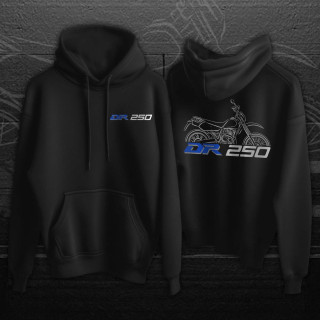Neglected and left under the sun at an Ang Mo Kio industrial park, the grime-covered RGV250 - once regarded as a two-wheel icon of the 1990s - had obviously seen better days.
 TNP PHOTO: ZAIHAN MOHAMED YUSOF
TNP PHOTO: ZAIHAN MOHAMED YUSOF
Its tyres had cracked, the chain was rusted and the plastic parts had lost their shine.
Yet, Mr Ong Chee Hoon - who works in the aviation industry - still decided to buy the Suzuki for $6,500 "from an old man".
After an extensive hunt for hard-to-get original parts and a progressive rebuilding of the two-stroke Suzuki over nine months, Mr Ong is now the proud owner of a fully-restored RGV250 VJ21.
It even has the original Pepsi livery and famous Suzuki racer Kevin Schwantz's autograph on its fuel tank.
Mr Ong, 47, who has ridden approximately 40km on his restored bike since picking it up from the workshop, told: "surprisingly, it still revs smoothly for a 30-year-old motorbike."
The twin-cylinder RGV250 was restored with the help of mechanics and staff of local Suzuki motorcycle distributor Guan Hoe Co.
Mr Ong, who owns three other motorcycles, said: "For me, the satisfaction of rebuilding it was that it brought back memories of my youth when I couldn't afford to own such a bike."
In the 1990s, Mr Ong, who was then doing his National Service, could only watch from the sidelines during an era marked by light and quick-accelerating Japanese two-stroke bikes like the Suzuki RGV250, Yamaha TZR250 and Honda NSR250R.
In local races in the Johor Circuit, the higher-revving 250s could stand their own ground against bigger capacity four-stroke superbikes.
Two-stroke motorcycles were notorious for carrying more cornering speed at the circuit, thanks to their non-existent engine braking trait.
Mr Ong said: "There's nothing like the sound, smell and power band of a two-stroke motorcycle".
The narrow, carburetor-equipped RGV250 produces about 60hp.
ACCELERATION
Its explosive acceleration comes in at around 8,000rpm, said Mr Ong, who spent an additional $7,000 rebuilding the road-legal Suzuki.
A lot of work had to be done to make the RGV250 road-worthy.
It was first stripped - its chassis and swingarm washed and polished.
Old parts were inspected to see if they could be salvaged while new parts had to be acquired.
Mr Ong and staff from Guan Hoe sourced for "new" old stock parts like stickers, mirrors, grips and headlight from Japan and online forums in the UK.
Its original fairing, with its analogue tachometer and speedometer showing a maximum speed of 240kmh, were refurbished and reused.
The torn passenger seat was sent for re-wrapping locally, and its dual Tokico four-pot calipers were stripped and serviced.
But would restoring an old motorcycle be a waste of time and money, given the National Environment Agency's announcement in April which disallows motorbikes registered before July 2003 from Singapore roads by 2028?
Mr Ong said: "I will keep my Suzuki, which has recently passed its inspection, for as long as possible. "
Credit:tnp.sg
#Bike #Suzuki #RGV250 #Moto































